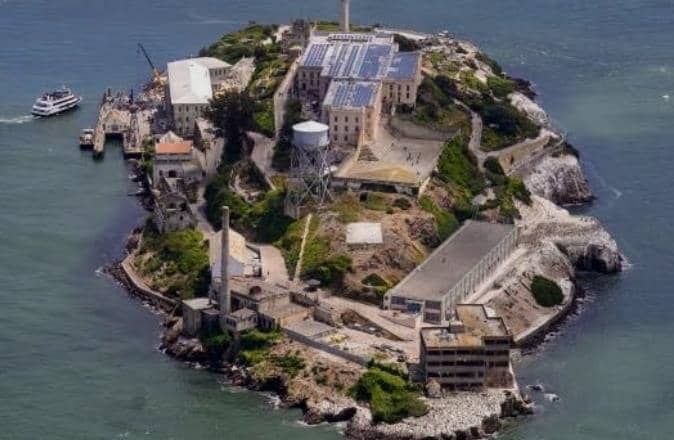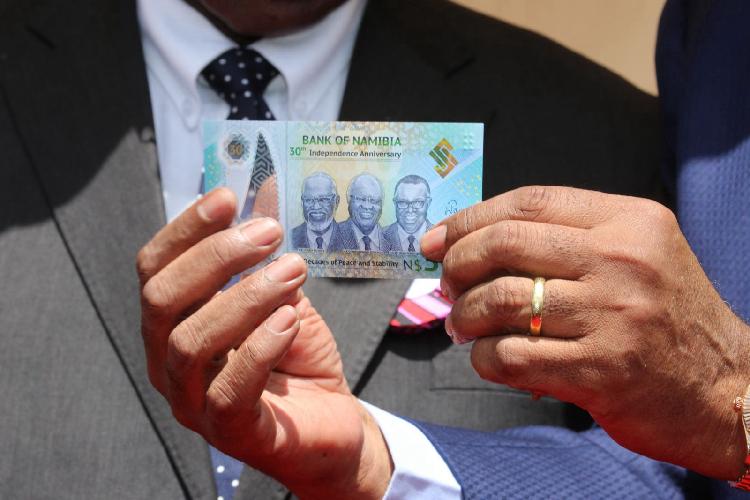NAMPOWER has granted a tender of around N$1 billion to power and automation technology group ABB to connect two parts of the country’s power grid and strengthen electricity networks in southern Africa, NamPower Managing Director Paulinus Shilamba announced yesterday.
NamPower has budgeted around N$3,21 billion for the construction of the first phase of the Caprivi Link Interconnector Project. The line will connect the electricity networks of Namibia, Zambia, Zimbabwe, Democratic Republic of Congo (DRC), Mozambique and South Africa to create an alternative route for power imports and exports to and from neighbouring countries.The Caprivi Link Interconnector will be a 300-MW bipolar scheme, upgradeable to 600 MW, and will comprise a 970-km high voltage direct current (HVDC) bipolar line that will connect the new converter stations at the Zambezi transmission station, located near Katima Mulilo, with the Gerus transmission station, located between Otjiwarongo and Outjo.Converter stations at Gerus and Zambezi will convert conventional AC power to DC and vice versa, depending on the required power flow.Shilamba said the job for the 970-km power line was awarded to two Indian companies, Jyoti Structures Africa (N$518 million) and KEC International (N$260 million).Jyoti has subcontracted two Namibian companies, Power Line Africa and Clydon Namibia cc, to do some of its work while KEC subcontracted Babcock Propriety from South Africa to perform major parts of the work.Shilamba said the material required for the transmission line would be manufactured in India, Italy, South Africa and the United States.He said the transmission line would be fitted with a fibre-optical ground wire which will, apart from providing essential transmission communication, expand NamPower’s communication capacity.This will be the first time that the Caprivi electrical network is connected to the rest of the Namibian power grid.Shilamba said NamPower aims to have the power link up and running by the end of 2009.With the ABB’s high-voltage direct current (HVDC) light system, NamPower aims to stabilise the two weak networks and increase grid reliability in the region.ABB is responsible for system engineering including design, supply and installation of the two converter stations and earth electrodes.It is the first time the technology will be used for long overhead transmission lines.The project will benefit South Africa too by providing an alternative route to wheel power directly to the Western Cape, which has suffered extensive power outages lately.NamPower was on the market in June for N$500-million worth of 13-year corporate bonds.The offer was oversubscribed and attracted N$820 million, with bids received from 18 different market participants in Namibia and South Africa.Namibia generates 375 MW but demand has been rising owing to increased investment, particularly in the booming mining sector.Hope for long-term sustainable electricity supply had been pinned on the long-stalled gas-to-power Kudu project.Progress on Kudu, largely owned by UK-based Tullow Oil, has been bogged down by delays in concluding gas sales agreements between Tullow, the Namibian Government, which is a minority shareholder, and potential buyers South Africa.Tullow expects to start delivering gas from Kudu gas wells in 2011.NamPower plans to build an 800MW gas-fired power station downstream of the gas wells.The line will connect the electricity networks of Namibia, Zambia, Zimbabwe, Democratic Republic of Congo (DRC), Mozambique and South Africa to create an alternative route for power imports and exports to and from neighbouring countries.The Caprivi Link Interconnector will be a 300-MW bipolar scheme, upgradeable to 600 MW, and will comprise a 970-km high voltage direct current (HVDC) bipolar line that will connect the new converter stations at the Zambezi transmission station, located near Katima Mulilo, with the Gerus transmission station, located between Otjiwarongo and Outjo.Converter stations at Gerus and Zambezi will convert conventional AC power to DC and vice versa, depending on the required power flow.Shilamba said the job for the 970-km power line was awarded to two Indian companies, Jyoti Structures Africa (N$518 million) and KEC International (N$260 million).Jyoti has subcontracted two Namibian companies, Power Line Africa and Clydon Namibia cc, to do some of its work while KEC subcontracted Babcock Propriety from South Africa to perform major parts of the work.Shilamba said the material required for the transmission line would be manufactured in India, Italy, South Africa and the United States.He said the transmission line would be fitted with a fibre-optical ground wire which will, apart from providing essential transmission communication, expand NamPower’s communication capacity.This will be the first time that the Caprivi electrical network is connected to the rest of the Namibian power grid.Shilamba said NamPower aims to have the power link up and running by the end of 2009.With the ABB’s high-voltage direct current (HVDC) light system, NamPower aims to stabilise the two weak networks and increase grid reliability in the region.ABB is responsible for system engineering including design, supply and installation of the two converter stations and earth electrodes.It is the first time the technology will be used for long overhead transmission lines.The project will benefit South Africa too by providing an alternative route to wheel power directly to the Western Cape, which has suffered extensive power outages lately.NamPower was on the market in June for N$500-million worth of 13-year corporate bonds.The offer was oversubscribed and attracted N$820 million, with bids received from 18 different market participants in Namibia and South Africa.Namibia generates 375 MW but demand has been rising owing to increased investment, particularly in the booming mining sector.Hope for long-term sustainable electricity supply had been pinned on the long-stalled gas-to-power Kudu project.Progress on Kudu, largely owned by UK-based Tullow Oil, has been bogged down by delays in concluding gas sales agreements between Tullow, the Namibian Government, which is a minority shareholder, and potential buyers South Africa.Tullow expects to start delivering gas from Kudu gas wells in 2011.NamPower plans to build an 800MW gas-fired power station downstream of the gas wells.
Stay informed with The Namibian – your source for credible journalism. Get in-depth reporting and opinions for
only N$85 a month. Invest in journalism, invest in democracy –
Subscribe Now!










